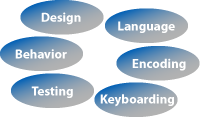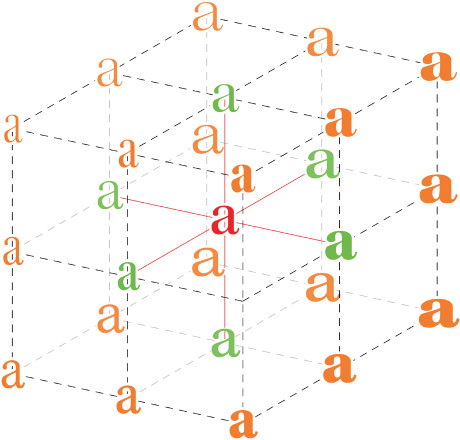Unicode Egyptian Hieroglyphic Fonts by Bob Richmond.
From the webpage:
These fonts all contain the Unicode 5.2 (2009) basic set of Egyptian Hieroglyphs.
Please contact me if you know of any others, or information to include.
Also of interest:
UMdC Coding Manual for Egyptian Hieroglyphic in Unicode
UMdC (Unicode MdC) aims to provides guidelines for encoding Egyptian Hieroglyphic and related scripts In Unicode using plain text with optional lightweight mark-up.
This GitHub project is the central point for development of UMdC and associated resources. Features of UMdC are still in a discussion phase so everything here should be regarded as preliminary and subject to change. As such the project is initially oriented towards expert Egyptologists and software developers who wish to help ensure ancient Egyptian writing system is well supported in modern digital media.
The Manuel de Codage (MdC) system for digital encoding of Ancient Egyptian textual data was adopted as an informal standard in the 1980s and has formed the basis for most subsequent digital encodings, sometimes using extensions or revisions to the original scheme. UMdC links to the traditional methodology in various ways to help with the transition to Unicode-based solutions.
As with the original MdC system, UMdC data files (.umdc) can be viewed and edited in standard text editors (such as Windows Notepad) and the HTML <textarea></textarea> control. Specialist software applications can be adapted or developed to provide a simpler workflow or enable additional techniques for working with the material.
Also see UMdC overview [pdf].
A UMdC-compatible hieroglyphic font Aaron UMdC Alpha (relative to the current draft) can be downloaded from the Hieroglyphs Everywhere Fonts project.
For news and information on Ancient Egyptian in Unicode see https://hieroglyphseverywhere.blogspot.co.uk/.
I understand the need for “plain text” viewing of hieroglyphics, especially for primers and possibly for search engines, but Egyptian hieroglyphs can be written facing right or left, top to bottom and more rarely bottom to top. Moreover, artistic and other considerations can result in transposition of glyphs out of their “linear” order in a Western reading sense.
Unicode hieroglyphs are a major step forward for the interchange of hieroglyphic texts but we should remain mindful “linear” presentation of inscription texts is a far cry from their originals.
The greater our capacity for graphic representation, the more we simplify complex representations from the past. Are the needs of our computers really that important?


